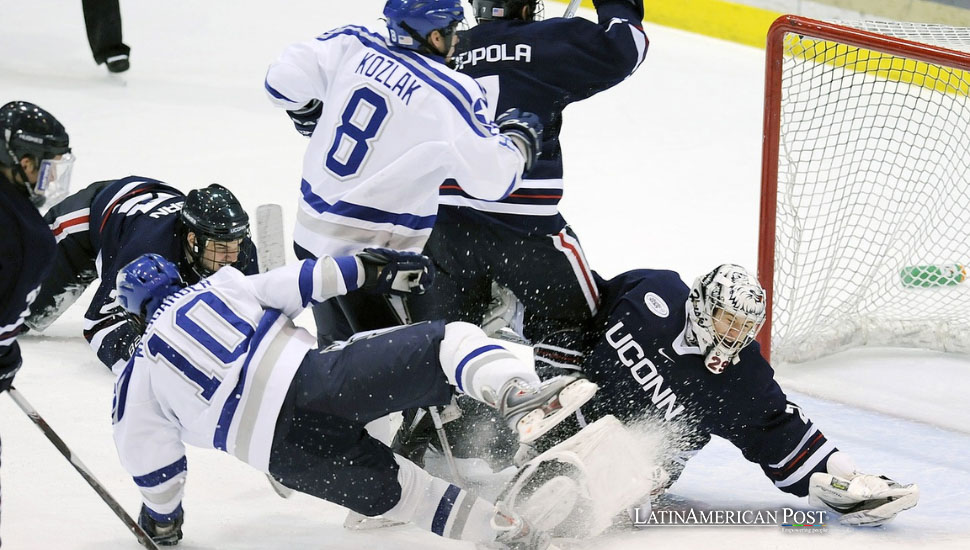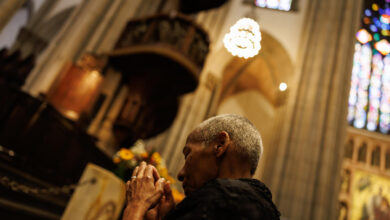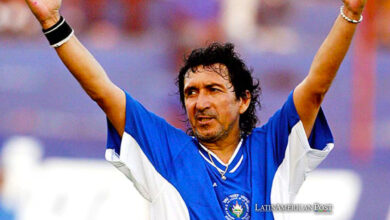The Rise of Hockey in Latin America and the Caribbean

Hockey is gaining momentum in Latin America and the Caribbean, with the Amerigol LATAM Cup and a new NHL documentary series highlighting the region’s growing passion for the sport. These efforts bring hockey to new audiences and inspire future generations of players.
Hockey is not the first sport that comes to mind when considering Latin America and the Caribbean. Soccer, baseball, and basketball dominate the athletic landscape, while hockey, often seen as a cold-weather sport, has historically been an afterthought. Yet, against the odds, hockey is making its mark in this region, fueled by passionate players, dedicated organizers, and a burgeoning community of fans. This year’s Amerigol LATAM Cup, held at the Florida Panthers IceDen, showcased this growing movement. At the same time, an upcoming NHL documentary series promises to bring even more attention to the sport’s development in non-traditional markets.
LATAM Cup: A Celebration of Diversity in Hockey
Since its inception in 2018, the Amerigol LATAM Cup has become a beacon for hockey in Latin America and the Caribbean. This year’s tournament featured 52 teams and over 1,100 players from 17 countries, including Argentina, Brazil, Colombia, Mexico, and the Caribbean. These teams competed across seven divisions, from youth categories to men’s and women’s divisions, demonstrating the diverse talent and dedication within the region.
One of the most thrilling moments of the tournament came when the Cuban American men’s team, making its first appearance in the LATAM Cup, clinched the Division I championship with a 4-3 victory over Greece. The team’s victory was fueled by fans’ enthusiastic support, who brought a distinctly Cuban flavor to the event with the clanging of pots and pans. The energy in the arena was electric, reflecting the deep pride and passion that these players and their supporters have for the sport.
“We want the world to know that minorities, Cubans, Blacks, everyone can play hockey,” said coach Earle Barrington, highlighting the inclusive spirit that drives the LATAM Cup. This tournament is not just about competition; it’s about showing that hockey is for everyone, regardless of background or geography.
Documenting the Growth of Hockey
The story of hockey’s rise in Latin America and the Caribbean is now being told on a larger stage, thanks to a new documentary series produced by NHL Productions. Titled “This Is Hockey,” the seven-part series will air later this season and will explore the efforts to grow the sport in countries where hockey is still finding its footing. The documentary series is a labor of love for Collin Kornfeind, senior producer/editor for NHL Productions, and Donny Khan, NHL Senior Director of Hockey Development & Strategic Collaboration. Both have been deeply involved in the LATAM Cup since its early days and have been inspired by the passion and dedication they have witnessed.
Kornfeind and Khan traveled to several countries, including Argentina, Brazil, Chile, Colombia, Jamaica, Puerto Rico, and Mexico, to capture the stories of players, coaches, and organizers working tirelessly to develop hockey in their communities. Through their lens, viewers will glimpse the challenges and triumphs of bringing hockey to places where ice rinks are scarce and the climate is far from ideal for a winter sport.
“The tournament showcases that hockey is being played worldwide,” Khan said. “This is an authentic way for us to make a connection that the NHL is truly interested in expanding our fanbase and that we welcome people who love the game, no matter where they are.” The documentary series aims to inspire a new generation of hockey players and fans by showing that the love for the sport knows no borders.
The Road to the International Stage
Despite the growing enthusiasm for hockey in Latin America and the Caribbean, teams in the region face significant challenges as they aspire to compete internationally. Most countries in the region lack the necessary infrastructure, such as IIHF-regulation ice rinks, to participate in sanctioned tournaments or qualify for events like the Winter Olympics. The cost of equipment, the logistical challenges of accessing ice time, and the climate all pose hurdles that must be overcome.
However, the LATAM Cup and the increasing visibility of the sport through initiatives like the NHL documentary are helping to build momentum. The exposure from competing and winning at the LATAM Cup can attract the attention of sports federations, Olympic committees, and private investors, potentially leading to better facilities and support systems for hockey in these regions.
Argentina, for example, is one of the more fortunate nations in the region. It has an outdoor rink in Ushuaia, the southernmost city in the world, where the sport can be played for a few months each year. The construction of an indoor rink in Buenos Aires is underway, providing more opportunities for players to train and develop their skills. “With the help of the IIHF, our government, and this documentary series, we can lay the foundation for the future of hockey in Argentina,” said Dicky Haiek, coach and founder of the Argentine Association of Ice and In-Line Hockey.
Other countries, like Algeria, are also determined to prove that they belong on the international stage. Algeria’s men’s team, which won the Division II championship at this year’s LATAM Cup, hopes its success will lead to greater recognition and support back home. “We proved that we deserved to be here,” said Nassim Boulakdem, Algeria’s assistant coach and alternate captain. “Now we hope that our government will help us grow faster and bring more people to follow us and want to play hockey.”
The Future of Hockey in Latin America and the Caribbean
The growth of hockey in Latin America and the Caribbean is a testament to the passion and perseverance of those who love the sport. As more teams and players emerge from this region, the dream of seeing Latin American and Caribbean teams competing in the IIHF World Championships and the Winter Olympics becomes more realistic. The LATAM Cup has become a critical stepping stone in this journey, providing a platform for teams to showcase their talent and gain experience against international competition.
Through its Industry Growth Fund and other initiatives, the NHL has played a significant role in supporting this growth. The NHL’s involvement in the LATAM Cup and the production of the “This Is Hockey” documentary series are clear indications that the league is committed to expanding the sport’s global reach. By highlighting the stories of players from non-traditional hockey markets, the NHL is helping to break down the barriers that have traditionally kept the sport confined to colder climates.
The sport’s future looks bright as hockey continues to grow in Latin America and the Caribbean. The enthusiasm and dedication of players, coaches, and fans suggest that hockey is here to stay, even in places where ice is a luxury. While the dream of competing on the world stage may still be distant for many of these teams, with continued support and development, it is becoming increasingly attainable.
Hockey’s Global Expansion
Hockey’s expansion into Latin America and the Caribbean is a powerful example of how sport can transcend cultural and geographical boundaries. The Amerigol LATAM Cup and the upcoming “This Is Hockey” documentary series highlight the incredible efforts to grow the sport in this region. These initiatives are not just about bringing hockey to new audiences—they are about building a community, fostering inclusion, and allowing young athletes to pursue their dreams on the ice.
Also read: Cuban Canseco Returns with Tears, Triumph, and the Legacy of a Controversial Career
The sport’s global footprint grows as more countries and territories join the hockey movement. The challenges are significant, but the passion and determination of those involved suggest that hockey’s future in Latin America and the Caribbean is full of promise. The Amerigol LATAM Cup is more than just a tournament; it is a celebration of the hockey community’s diversity and resilience and a testament to the idea that hockey truly is for everyone.





